Safe use of church heating systems
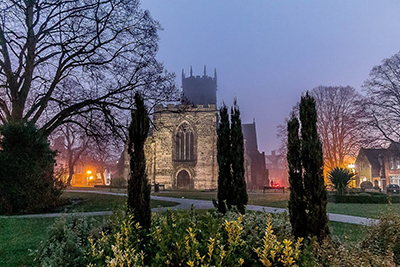 The average Anglican church is a tricky place to heat. This guidance from insurers Ecclesiastical provides advice on the safe and efficient use of various church heating systems.
The average Anglican church is a tricky place to heat. This guidance from insurers Ecclesiastical provides advice on the safe and efficient use of various church heating systems.
Churches usually have large internal spaces, high ceilings and, putting the more modern churches to one side for the moment, the construction of its doors and leaded windows will make it difficult to insulate. A well-maintained heating system is important – which means conducting a number of checks throughout the year. Furthermore, from an insurance perspective, heating systems create several risks of their own, of which trustees need to be aware.
Annual inspections
Most churches will have a system powered by either mains gas or fuel oil, stored in an external tank. Both require an annual service by a suitably qualified engineer, which means they are registered with Gas Safe or, for oil systems, OFTEC. You will need to keep records of these inspections, They also provide an opportune moment to tidy up the boiler room and remove anything that might fuel a fire.
At Ecclesiastical, the most common problem we see with heating systems is water leaks. Pipes burst in cold weather as the water inside them freezes; when the ice thaws, water pours into the church damaging the fabric of the building as well as furnishings, books, carpets and electrical equipment. In order to prevent this, we recommend an annual inspection of the church’s plumbing system by an engineer registered with the Institute of Plumbing and Heating Engineers.
All pipes should be lagged to protect against the cold and it’s a sensible idea to find the building’s stopcock and make sure other volunteers and trustees know its location, too. A frost stat is another good investment: this device will turn on the heating should the temperate drop too low, thus preventing pipes from freezing.
During recent years, we’ve all become more aware of the potential for ill-maintained heating systems to produce fumes. Carbon monoxide is particularly dangerous as it is odourless. Installing a carbon monoxide detector is a simple way of managing this risk – they’re quite common in homes and are relatively inexpensive. One is probably sufficient for most churches.
Portable gas heaters
Some churches supplement their heating with portable heaters powered by cylinders of liquid petroleum gas (LPG). These are not recommended as they pose a fire risk and, should a fire break out in the church, the emergency services will be wary of entering if they know there are LPG cylinders inside which could explode. There is also the risk of children or vandals entering the church and interfering with the cylinders. If your church does need to use them, think carefully about where you site them.
Finally, a word on external oil tanks. Under current legislation, anyone with an oil tank is required to have a drip tray or a bund – a protective wall or embankment – beneath the tank to capture any oil that leaks. The law also specifies how large these should be; if in doubt, speak to an engineer or contact our customers services team on 0345 7773322.
Apart from leaks, problems with church heating systems are few and far between. By ensuring annual checks are carried out and just being vigilant, you can ensure your church is not one of the unlucky few.
For further information visit www.ecclesiastical.com
Summer proves the ideal time to replace church boilers
The Parish Church of St Michael and All Angels in Tettenhall Regis, Wolverhampton looks at first sight to be a traditional listed church building. It is sited in one of two manors in Tettenhall parish, the other being Tettenhall Clericorum.
Click here to read the full story.
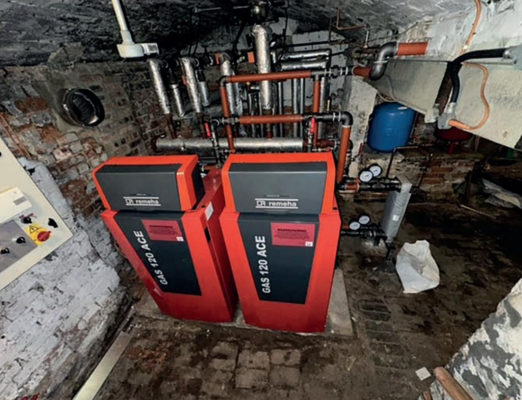
Sometimes, being a miser can be a good thing
Green heating specialist Christopher Dunphy relates how his ChurchEcoMiser system helped one church save energy and money.
When churchwarden Nigel Sprat contacted me about St Mary’s Church in Fordingbridge, situated on the edge of the New Forest, I was delighted to be involved with the programme of upgrading at one of Hampshire’s finest churches.
Click here to read the full story.
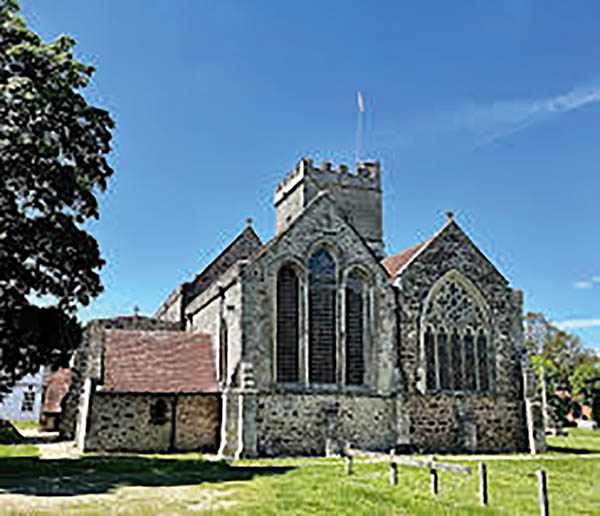
Church’s new heating ticks all the boxes
Trinity Church North Finchley was formed in 1980 by the coming together of two churches in North Finchley in North London. During the latter half of the 1970s the relationship between North Finchley United Reformed Church (formerly North Finchley Congregational Church) and North Finchley Baptist Church went from strength to strength, and it was decided to recommend that the two churches should unite to form a single church.
Click here to read the full story.

Cathedral school warms to new boiler installations
Hereford Cathedral School is considered to be among the oldest schools in England. Located next to the cathedral from which it derives its name (pictured), there was probably a school associated with the cathedral from the time of the foundation of the see in the late 7th century. The earliest documentary record of its existence dates from 1384, when Bishop John Gilbert appointed Richard de Cornwaille as school master and authorised him to rule over the school ‘with birch and rod’. The school's library is named after Bishop Gilbert and Cornwall house is named for Richard de Cornwaille.
Click here to read the full story.
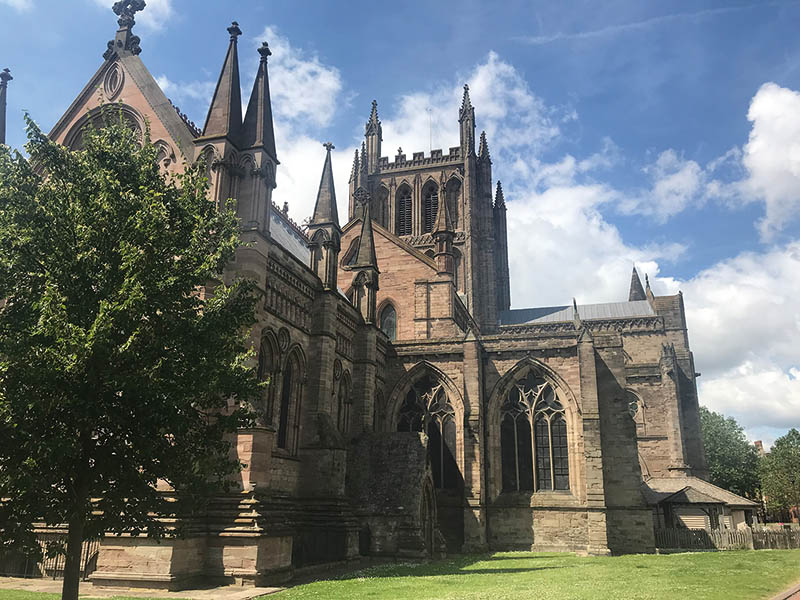
Midlands trio add to church heating specialist's portfolio
A trio of churches in the Midlands are set to find winter more comfortable in the future. They are the latest additions to those benefitting from the expertise of specialist installers Mellor and Mottram of Stoke-on-Trent, who have been installing heating systems into churches for more than three decades.
Click here to read the full story.
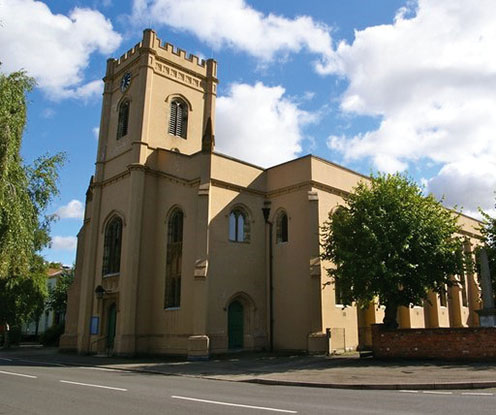
Radiator heating project completed at St Mary’s Church in Walkern
The ChurchEcoMiser team completed a 22 radiator church heating installation project at St Mary’s Church in Walkern. In August of 2021 the ChurchEcoMiser team started work at St Mary’s church in Walkern. The original heating system was installed towards the end of the 19th century and needed updating.
Click here to read the full story.
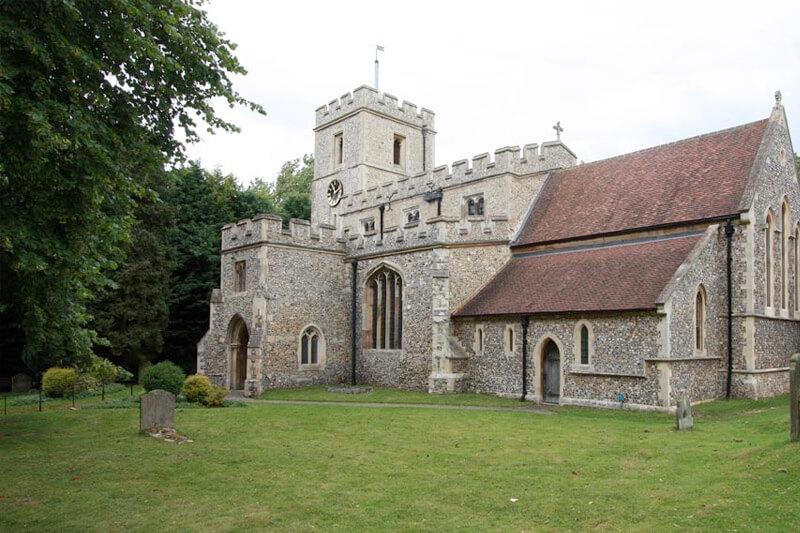
Heating installation completed at St James Church, Midhopestones
The ChurchEcoMiser team completed a church heating installation project at St James Church in Midhopestones.
The church had a low pressure coal fired heating system installed in the refurbishment of 1892 which fell into disrepair in the 1980’s. For the last 40 years, the church had been heated with an industrial warm air unit sited in a room adjoining the east end of the church but this reached the end of its natural life.
Click here to read the full story.
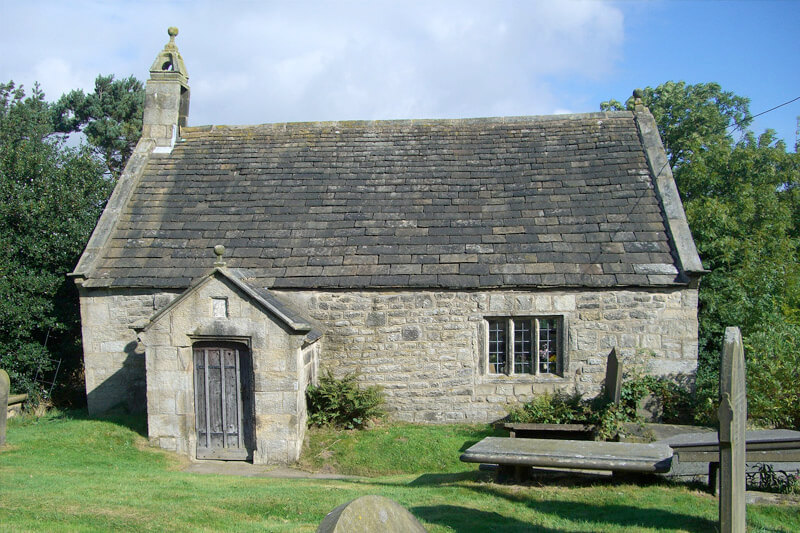
Don’t neglect your heating system
With news of the lifting of COVID restrictions in England and Scotland at least, churches are looking forward to returning to some kind of normality. It is still winter, however, and the church heating system will be shouldering its normal load – possibly after being on a frost-free setting for some time. It’s time for some maintenance.
Click here to read the full story
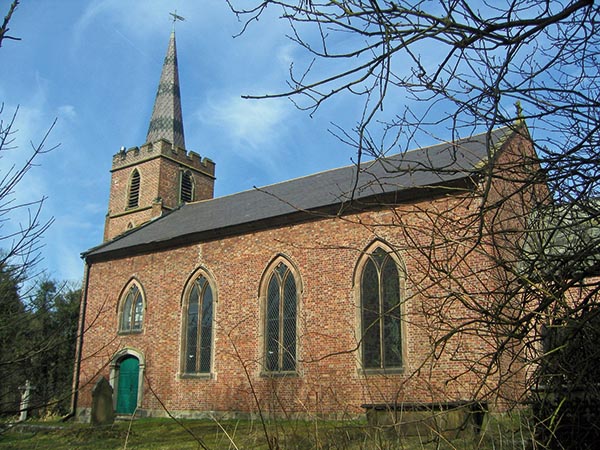
12th century church gets new carbon neutral heating system
St Nicholas Church is a Grade 2* twelfth-century parish church in Great Wilbraham, to the east of Cambridge. The original building was remodelled in the thirteenth century in a cruciform plan, and the west tower, which houses six bells, was added by the fifteenth century.
Click here to read the full story
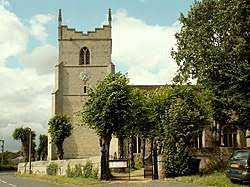
New commissions keep heating specialist busy
It is turning out to be a busy New Year for specialist church heating contractor Mellor and Mottram and its managing director Stuart Mottram.
Fortunately, in these strange times, it doesn’t involve a great deal of travel as the three projects they are due to start imminently are within striking distance of the firm’s Stoke-on-Trent base.
Click here to read the full story

A warm church gives a warm welcome!
That is the message to church managers from Essex-based Argonaut Heating Ltd, a company with over 40 years experience in the industrial and commercial heating sector.
Specialising in church heating systems, they can provide cost-effective and efficient design, installation, repair and maintenance services and understand the problems involved in heating churches, community centres, halls and other places of worship.
Click here to read the full story.

Churches extend a warm welcome to their communities
As more and more churches undertake projects to extend their facilities to the wider communities and to parishioners with disabilities, so the need to upgrade and extend their heating systems becomes apparent.
One such church is St Margaret’s in Wrenbury, Cheshire. The church, a Grade Two*-listed 15th century sandstone building with unique box pews, is benefitting from an extension to allow it to better serve the local community.
Click here to read the full story.



















